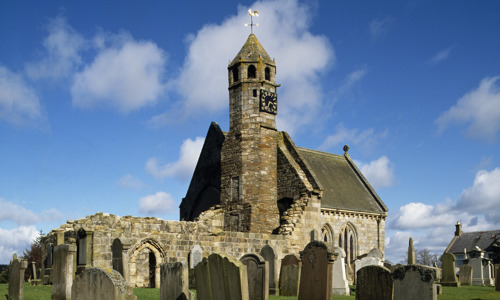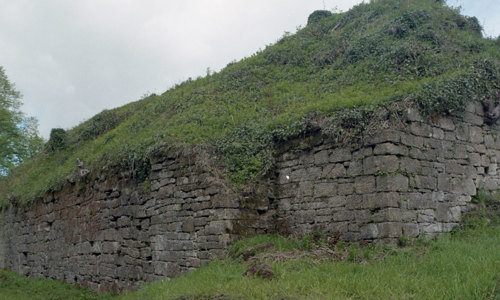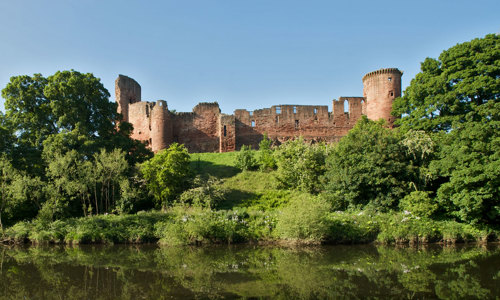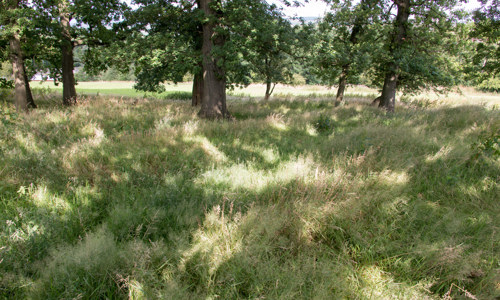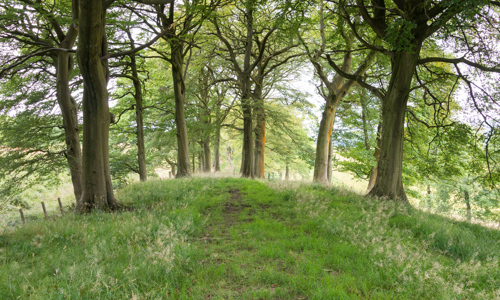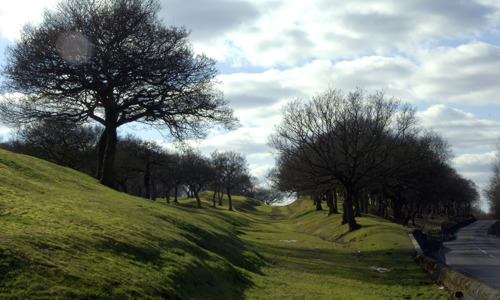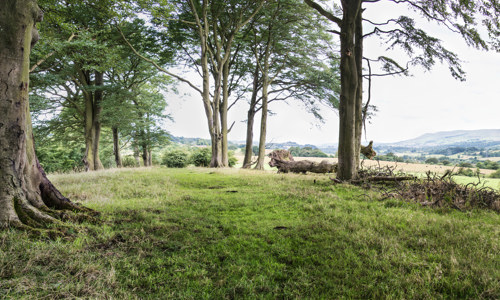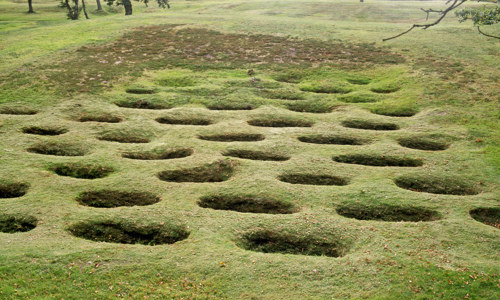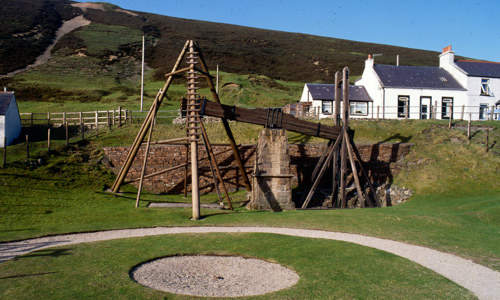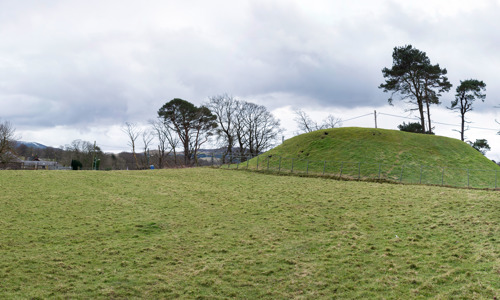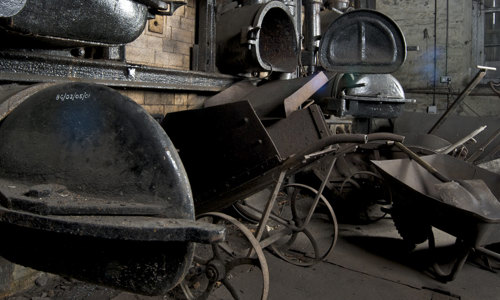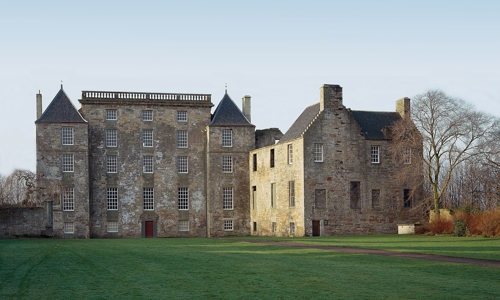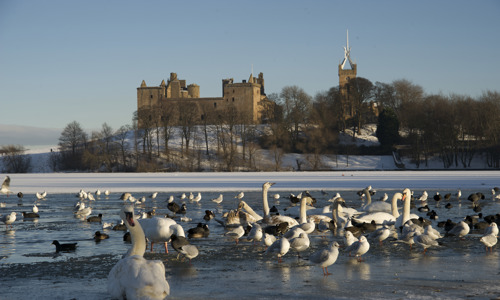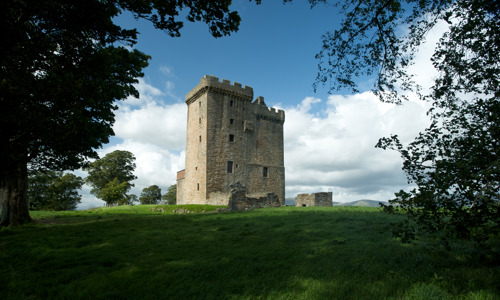History
Hidden among the rolling hills of Clydesdale, Craignethan Castle is the last great private stronghold built in Scotland. Its exceptional residential tower protected by a most unusual artillery fortification was without parallel.
Craignethan’s builder was also exceptional. Sir James Hamilton of Finnart was the eldest (but illegitimate) son of the 1st Earl of Arran. Upon his father’s death in 1529, he became de facto head of Scotland’s second most powerful family after the royal Stewarts.
Finnart became a close friend to James V. In 1536, when his castle was almost complete, Finnart entertained the king and his court at his daughter’s wedding celebrations at Craignethan.
Finnart’s bolthole
As a young man, Finnart lived abroad and gained an unusual knowledge of architecture and fortification. Having taken over the running of the family’s affairs on his father’s death, he became one of the biggest and richest landholders in southern Scotland. He rose to become principal master of works, or architect, to James V.
Finnart supervised royal building works including:
Nowhere was his personal architectural stamp more obvious and inspired than at Craignethan. The bolthole he created was an extraordinary fortified residence way ahead of its time. The caponier is one of very few built in Scotland and the first built in Britain. (The one at Blackness Castle was probably also Finnart’s handiwork.)
A fall from grace
Finnart fell from royal favour and was executed in 1540 on suspicion of plotting against the king. His legitimate half-brother, Lord James, the 2nd Earl and future Regent of Scotland, became lord of Craignethan.
The Hamiltons continued to be involved in the political and military crises of the period. Supporters of Mary Queen of Scots even after her abdication in 1567, the family sheltered her at Craignethan before her defeat at Langside in May 1568.
The end came in 1579. After a short siege, the two sons of the insane 3rd Earl of Arran fled into exile and Craignethan was destroyed to make it useless as a defence. After just 50 years, Finnart’s creation had been reduced to a ruin.
‘Tillietudlem Castle’
Craignethan acquired a new fame in the early 1800s, when it was said to be the inspiration for Tillietudlem Castle in Sir Walter Scott’s Old Mortality.
Scott denied the link, but the great tower became firmly established in readers’ minds as Lady Margaret Bellenden’s home. A nearby railway stop was named Tillietudlem Station in honour of the novel.
Natural history
The castle overlooks Craignethan Burn from its promontory surrounded by ancient woodland. The woodland is a Site of Special Scientific Interest, important for its rare plants and insects.
Birds of prey often seen here include:
- buzzards
- sparrowhawks
- kestrels


